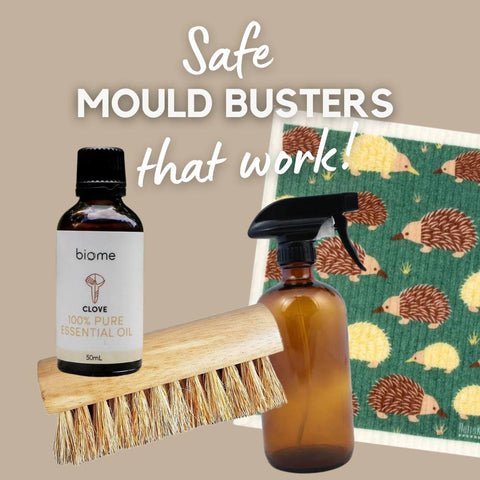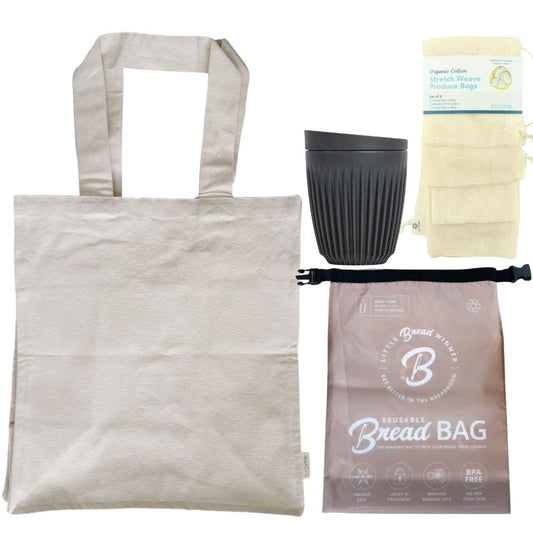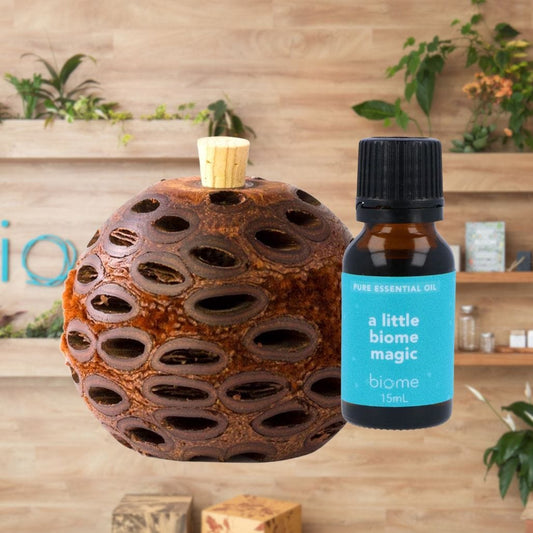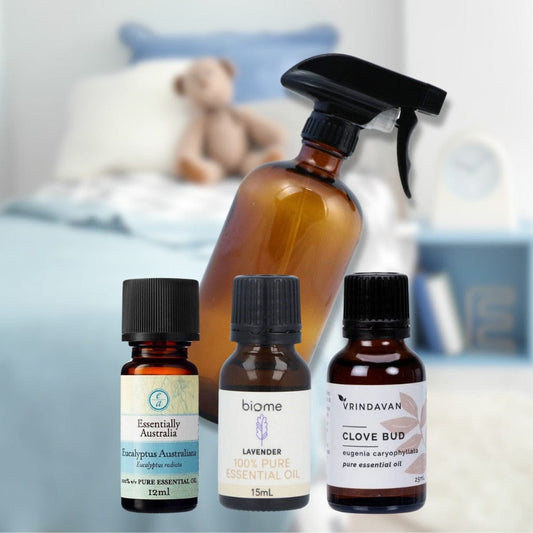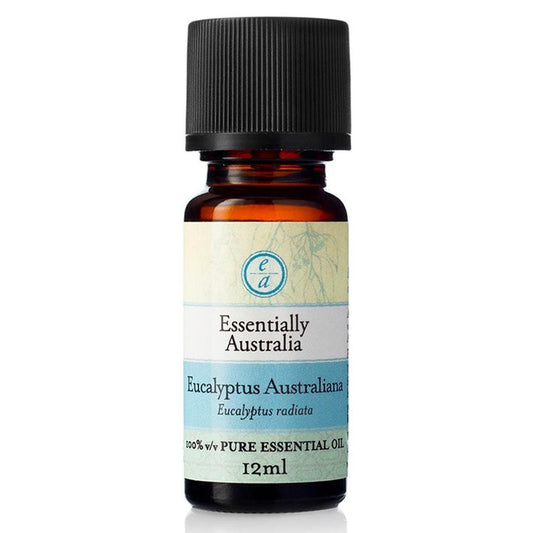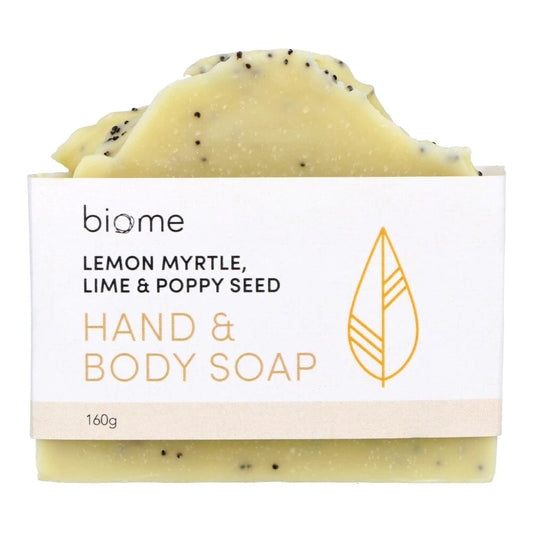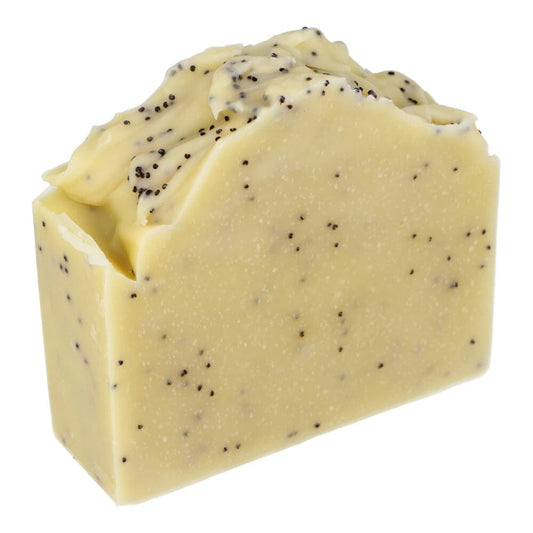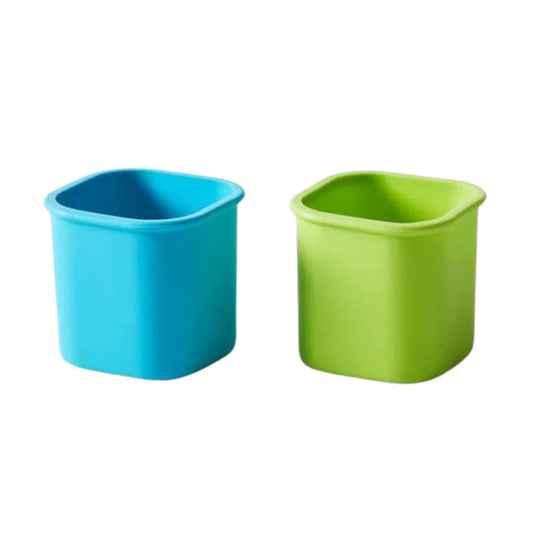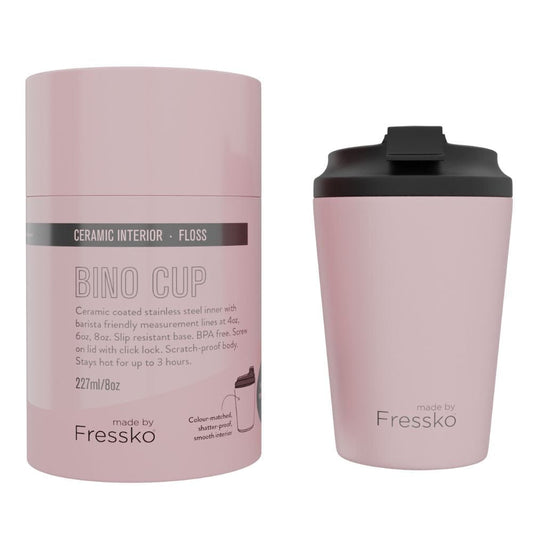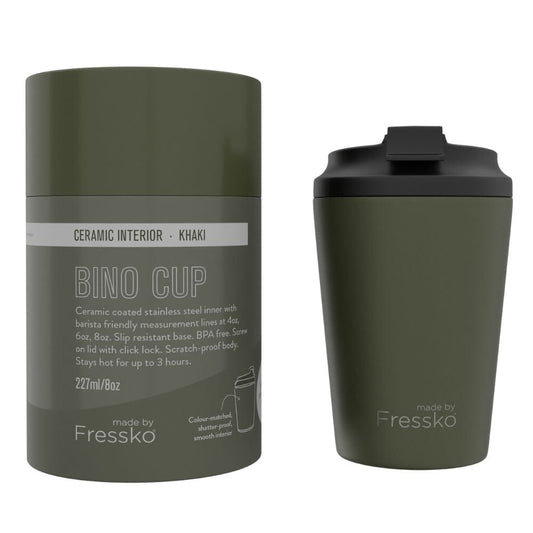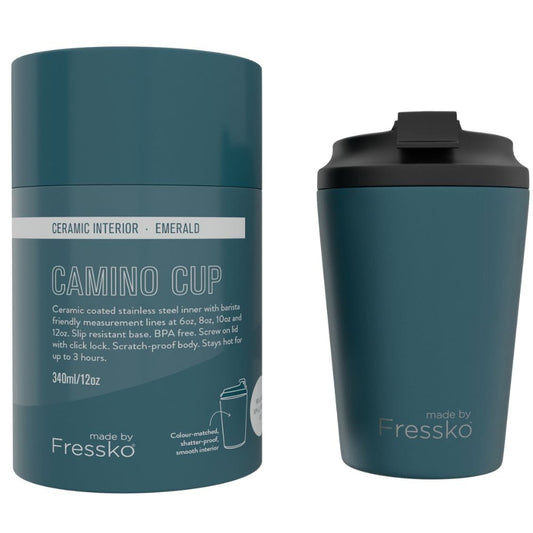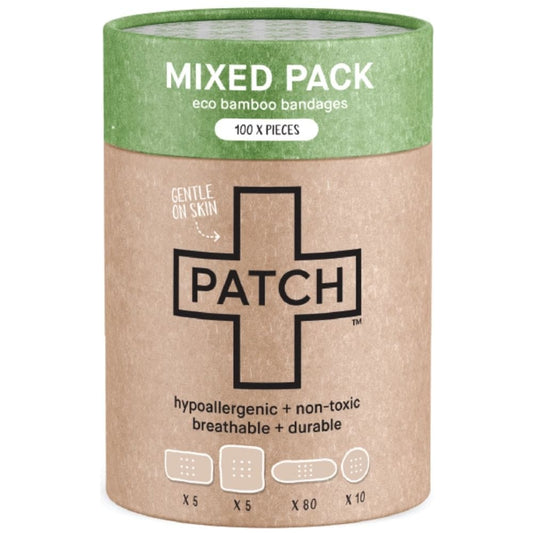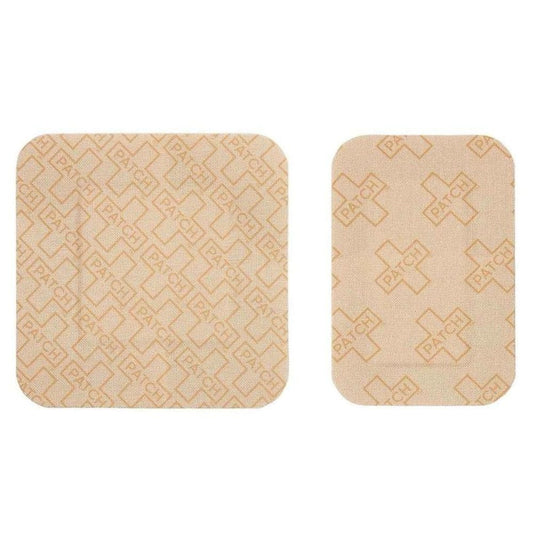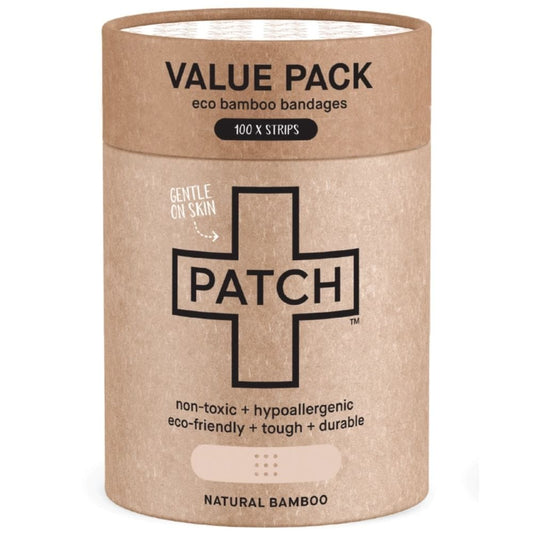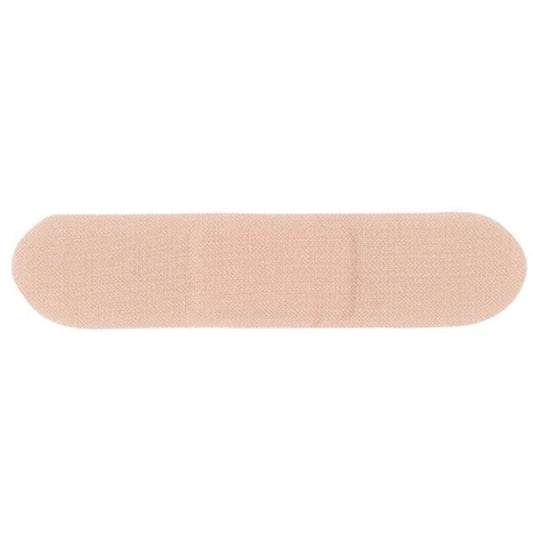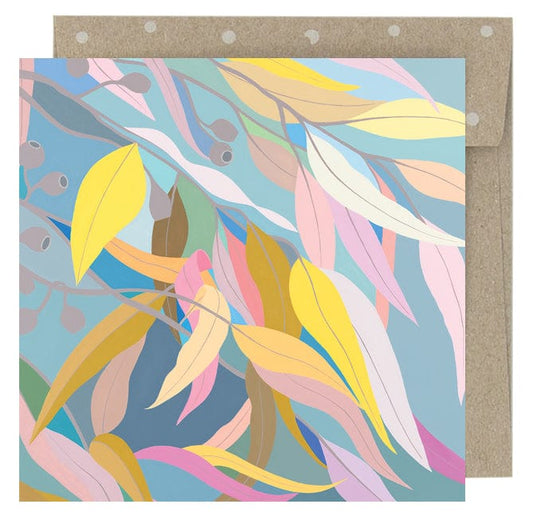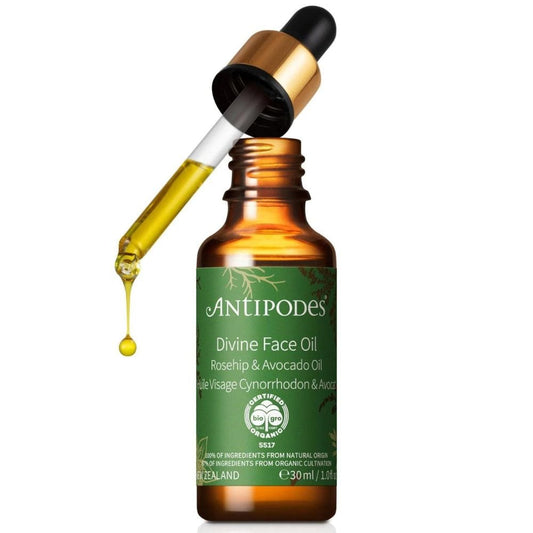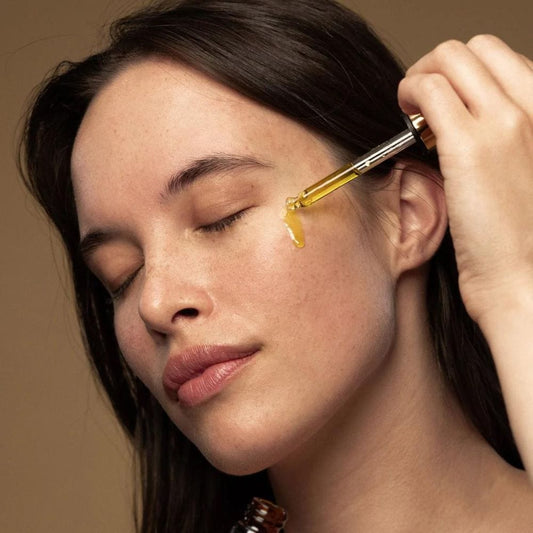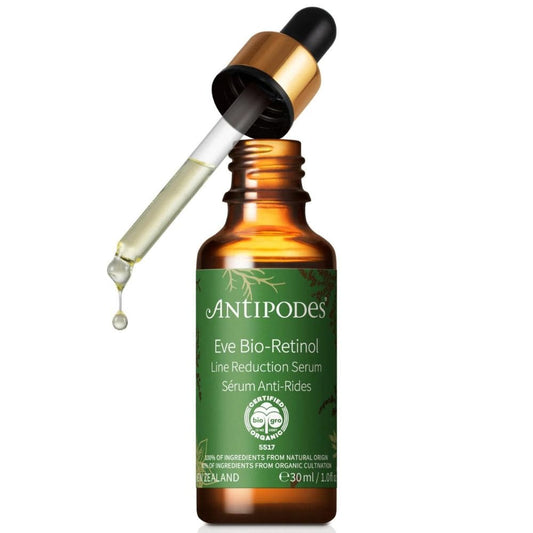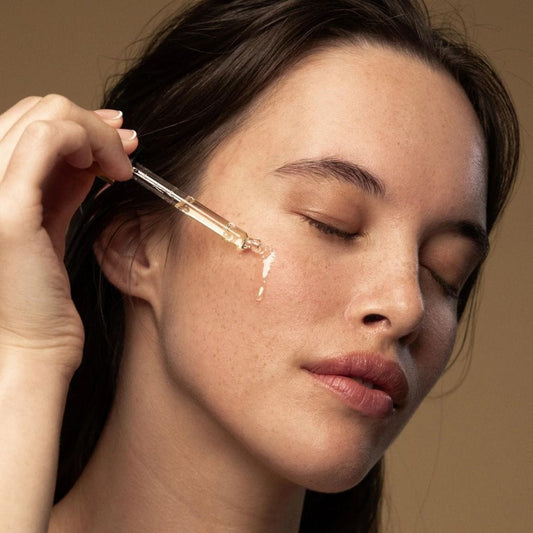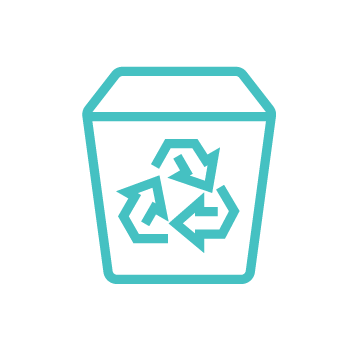By Biome founder, Tracey Bailey.
I first wrote about how to best remove mould after the 2011 Brisbane floods. The City Council inspector who visited my cousin's inundated house gave some surprising advice that inspired me to share this further. He advised us to keep away from chlorine bleaches to clean mould as it only 'bleaches' the colour out and does not kill the mould. "It'll be back in a few weeks," he said. "CLOVE OIL is the best!"
At Biome, we have revisited this advice year after year when our communities have suffered the effects of torrential rains, like in Gympie, Brisbane and Lismore in 2022, and north Queensland in 2024.
Where there is damp, there is mould, so when trying to get rid of mould it is equally important to get rid of the source of the moisture.
Read on as we share ways you can tackle both the moisture and the mould without harmful chemicals.
What is mould & mildew?
Mould spores are a form of fungus, living organisms that drift around our homes seeking a welcoming place to grow and reproduce. Mildew is a form of mould that grows in a flat pattern and appears powdery and fluffy, whereas mould is a dark colour, splotchy and often slimy.
Like all fungi, moulds derive energy from the organic matter on which they live. Mould requires moisture to live, preferably in the dark. Mould does not like dry and light conditions.
Mould spores, whether living or dead, are carried in this air and when inhaled or touched they can cause allergic reactions, sometimes quite severe, such as respiratory infections and asthma.
1. Absorb Moisture
Mould and mildew flourish in damp, humid and dark conditions. If you can correct the damp and the humid, you will be better able to bring the mould under control.
Linii Huon Pine works to absorb moisture and smells naturally. Place in wardrobes, drawers, pantry, sports bags, shoes or anywhere you wish to keep moisture and smells at bay. As a moisture absorbent, Huon Pine breathes with the environment, so when it is wet and humid, the product will absorb up to one-third its weight in moisture and as the air naturally dries, it will expel that moisture and dry out.
Linii will also deter silverfish and clothes moths and fleas.
2. Make a DIY Charcoal Dehumidifier
If you are experiencing extra moisture in your home, a DIY charcoal dehumidifier may help you trap the moisture and dry out the air. This is a particularly handy solution for wardrobes, pantries and other small spaces.
How to make your own charcoal dehumidifier: Use a screwdriver to punch holes in the lid of a clean can. Fill it with activated charcoal and place it in the area you'd like to remove moisture from. Another option is to simply place or hang a stick of charcoal in the area. With either option, replace the charcoal every few months.
An alternative idea is to put a few drops of pure clove oil on jumbo sticks of blackboard chalk then place them in cupboards around the house and allow the scent to waft around killing mould spores. Replace with a few more drops of oil every month or so once the scent has disappeared. Particularly good idea because you are not spraying any more moisture in an already moist house.
3. Destroy Mould
If you've noticed mould starting to appear, clove oil, vinegar and oxygen bleach can be used to kill the mould spores and prevent it from returning. This is a natural mould removal method backed by Choice and Shannon Lush.
- If you can, first clean the surfaces with a mixture of 4 litres of hot water, 1 tablespoon bi-carb soda, and half a cup of vinegar.
- Combine 500ml of water with 1/8 tsp clove bud oil in a spray bottle, screw on the lid and shake to combine. Don't make it any stronger than that as it won't work better and may damage surfaces.
- Spray lightly over the affected area and leave for 24 hours. Clove oil will kill the mould spores.
- After 24 hours, wipe over the area using a cloth dipped into 4:1 mix of vinegar and water. Doing this will remove the dead spores and also kill any that are remaining (vinegar causes mould to overeat and die).
- Any remaining discolouration on surfaces should be able to be removed with oxygen bleach.
Australia's famous Tea Tree Essential Oil is also an effective mould destroyer. Tea tree oil is a natural fungicide and antiseptic that can help prevent mould spores from forming again.
Mould needs organic matter like dead skin cells to thrive, so it's important to keep up with regular vacuuming and cleaning.
How to remove mould from hard surfaces
Follow the instructions above.
How to remove mould from soft furnishings and items
Mix one kilo of uniodised salt into a 9 litre bucket of water. Wash the affected surface, wait until the salt crust forms and brush off with a soft broom. Please take care that the salt does not end up in the garden.
How to get the smell out of carpets
Use half the amount of soap recommended in the instructions for your steam cleaner plus add: half a cup each of of bi-carb soda, white vinegar and methylated spirits and two teaspoons each of eucalyptus oil and glycerine.
Steam clean your carpet as usual.
How to remove mould from clothes and shoes.
Take the clothes outside and brush off so that the mould spores do not spread around the house. Hang them in the sun, as sunlight can kill some forms of mould. If necessary, spray the affected area lightly with a mixture of quarter teaspoon of clove oil to one litre of water. *Always patch test in a discrete spot first.
If the mould has stained the fabric, Shannon Lush suggests: Use one kilo of salt per bucket of water and soak overnight. Hang the clothes on the clothesline without rinsing. Once it dries, a salt crust forms on the fabric. Brush it off.
Thank you to ABC local radio and Shannon Lush for the references on cleaning.
Shop all our natural and safe mould solutions that work >
4. Invest in a Quality HEPA Filter
Mould spreads by releasing its spores into the air. Besides making a mess of other surfaces, when inhaled mould spores can trigger a range of symptoms, including allergic reactions and asthma attacks in some people. An air purifier designed specially for mould will capture these spores and purify the air you breathe.
5. Purify The Air With Essential Oils
Placing essential oils such as clove and tea tree in a waterless oil diffuser can 'catch and kill' airborne mould spores. It is important not to use a diffuser that creates steam as that only produces more moisture.
Run the diffuser for a few hours.
Clove and tea tree can be irritating to breathe in, so we recommend keeping people and pets out of the room where you are diffusing.
MORE READING
6 Things to Know About Using Clove Oil for Mould
Every DIY Cleaning Recipe You Need to Clean Your Home Naturally



